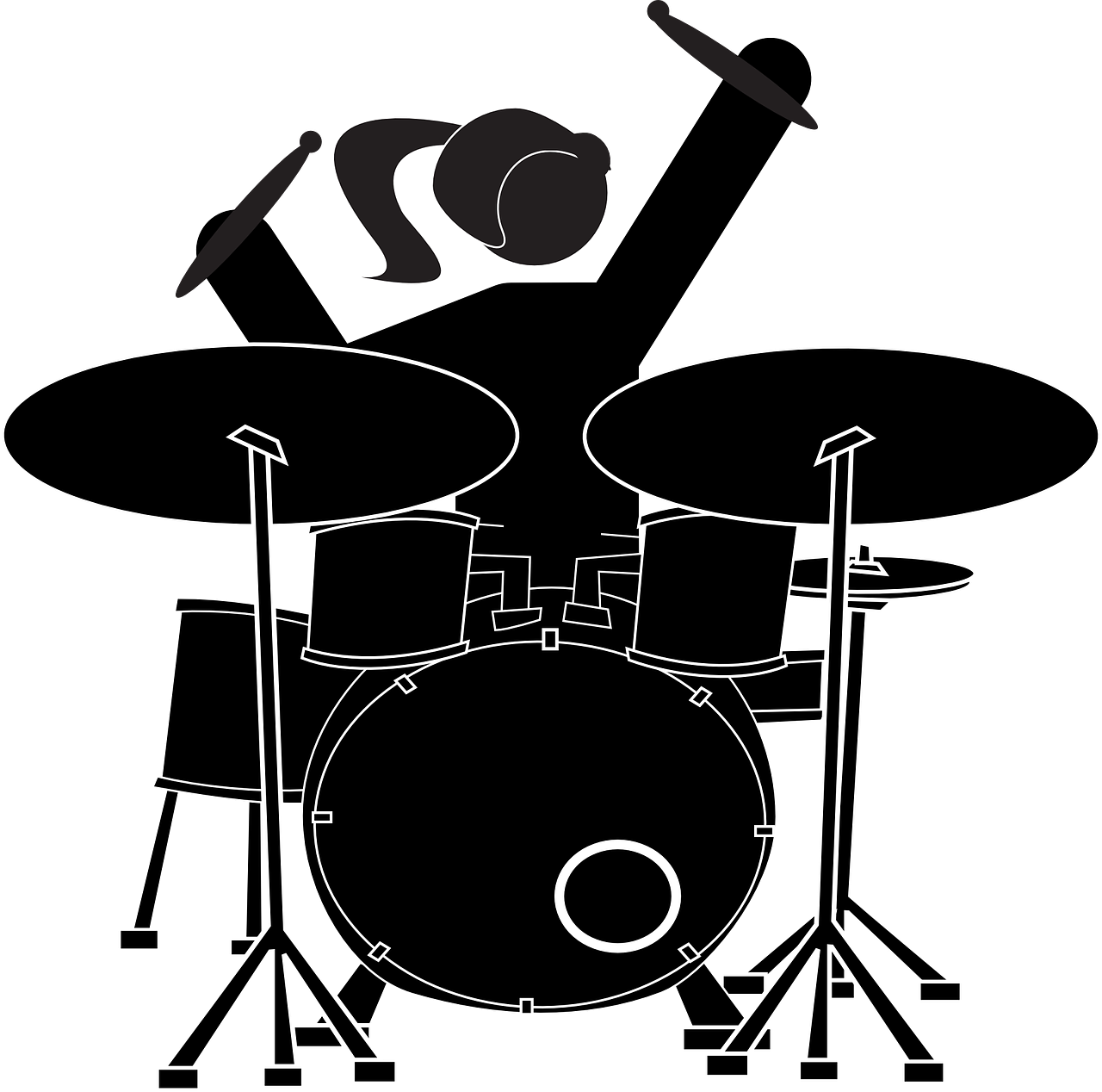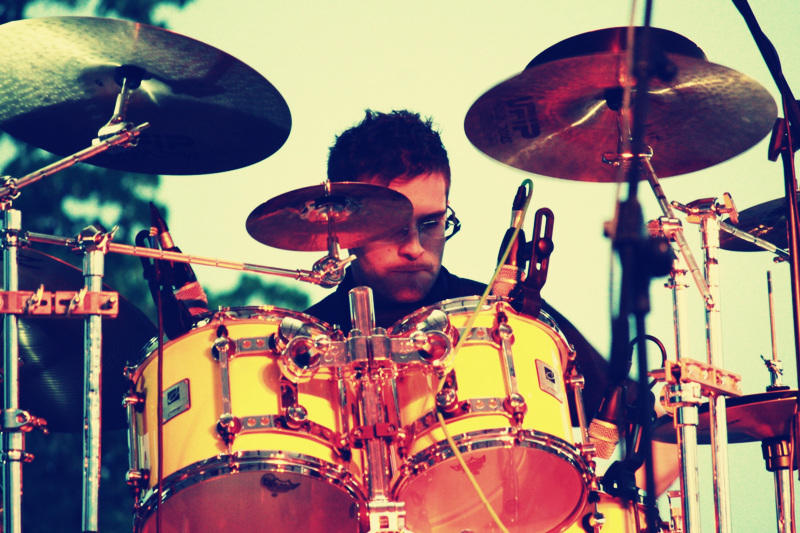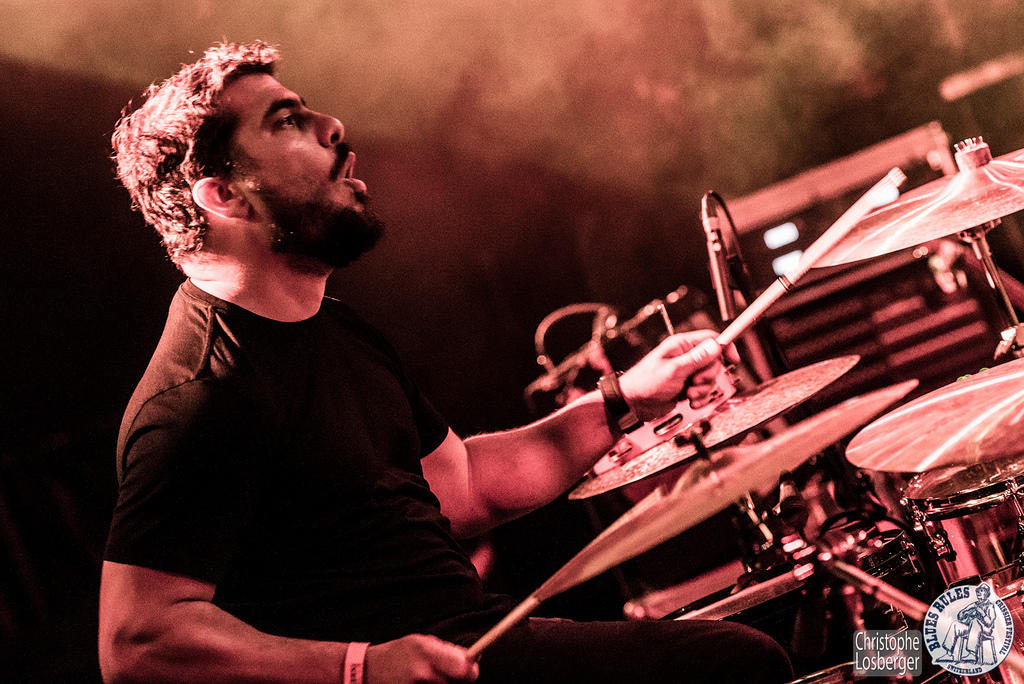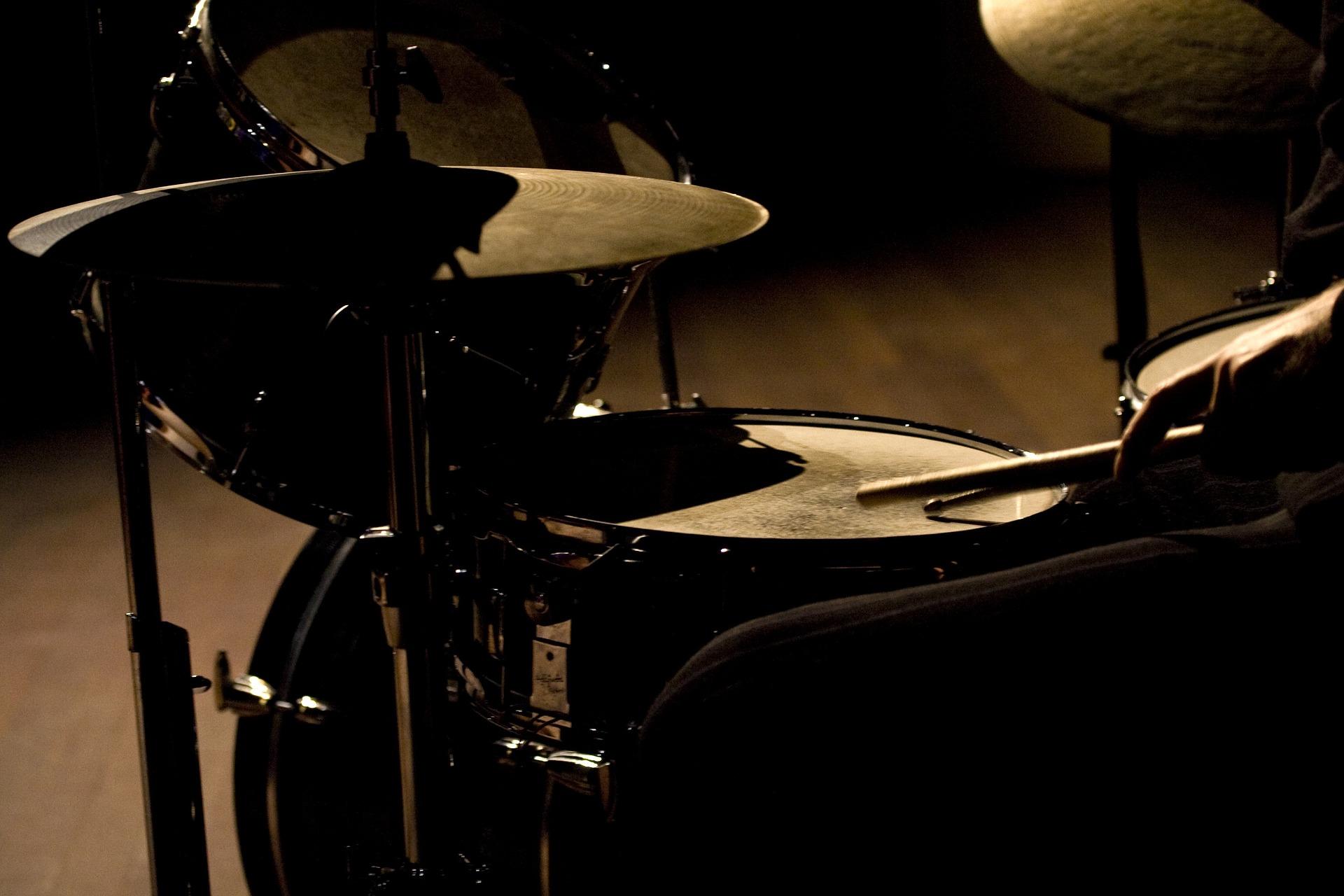It's easy to play any musical instrument: all you have to do is touch the right key at the right time and the instrument will play itself. Johannes Sebastian Bach
Have you started to play the drums? Have you ever wondered if the drum is the only percussion instrument that you should consider learning how to play as a percussionist?
In order to be a proper percussionist, you need to master how to play a few musical instruments. While it will be quite a journey learning to play all the percussion instruments, you do need to start learning more about these instruments so you can choose the one that you would like to try first.
So, what are percussion instruments?
Percussion instruments are musical instruments that are struck.
In order for an instrument to be classified as a percussion instrument, it ought to meet a few criteria. The way that the instrument is constructed, the origin of the instrument, and the function of the musical instrument in terms of music theory are the criteria used to define percussion instruments.
Instruments that have made the list of percussion instruments include ideophones, percussion mallets, hang, gongs, xylophones, drums and certain cymbals. If you are keen on exploring the world of music even further, you will need to consider putting your musical talents to good use.
Now, nobody is asking you to step away from the drums but perhaps it's time to explore what else the world of percussion instruments has to offer you.
Want to give private lessons?
Join the Superprof community and share your knowledge with inquiring and motivated students.
A Percussion Instrument of Note: The Tambourine
You may have heard about the tambourine which is a rather fun instrument to play.
All you need to have to play the tambourine is some rhythm.
However, if you think you cannot play the tambourine because you don't have rhythm, think again! The tambourine is one such musical instrument that comes with a drum head or without one. It is actually the drum head that gives the instrument its percussive effect. To play the tambourine, you need to strike and shake it.
While it is much fun playing the tambourine, you need to know that the tambourine was initially used predominantly for religious purposes. In fact, if you trace the history of the tambourine, you will find that it was first played in ancient Greece, Rome, and then later even in the Middle East.
To play the tambourine, you need to hold the instrument with your stronger hand and use your weaker hand to strike it.
Some people also play the tambourine by foot, but that requires great skill!
If you feel like the tambourine is not for you, you can always go further along the list of percussion instruments.
The Xylophone
If you are determined to play at least one other percussion instrument other than the drum, why not consider playing the xylophone?
Xylophone comes from the Greek words, "xylon" and "phone" which mean wood and sound, respectively.
Truth be told, the xylophone probably originated in Southeast Asia, however, this has not been confirmed as there are various different narratives on where this percussion instrument came from.
The instrument is comprised of wooden bars that need to be struck by rubber. There are so many apps available online that may help you to get to play the instrument without actually owning an actual instrument. There is a xylophone online app that teaches you to play this instrument virtually.
So, if you're not sure if the xylophone is the percussion instrument for you, give the online app a try to get a feel for it.

Other Types of Percussion Instruments
You may have picked up a xylophone and decided that it is the percussion instrument that you would like to play.
Well, was it actually a xylophone that you picked up?
Xylophones are often confused with other instruments like the marimba (below), the glock, and the vibraphone.
While the xylophone is a unique instrument, it is important to pay attention to other xylophone-like instruments as well. Who knows, you may enjoy playing the marimba more than the xylophone.
All You Need to Know About the Marimba
There are some important differences between the marimba and the xylophone.
For one, the marimba has pipes that descend vertically from the bars so as to increase volume and change the tone.
The physical look of the marimba is also slightly different to that of the xylophone, and the way the sound is produced differs considerably as well. For one, the marimba is larger and deeper in pitch than a xylophone.
Another main difference between the marimba and the xylophone is the origins and history of the instruments. The xylophone entered the musical scene rather early whereas the marimbas took quite a different route.
The marimba is a descendant of the xylophone. In fact, the journey of a marimba is an interesting one. The instrument journeyed to America from West Africa as the slave trade became more popular.
Once transported to America, these instruments became more modernised and rather popular.
If you pause and think about why the marimba moved with the slave trade, you start to realise the mere essence of these percussion instruments. For one, music does help you overcome a difficult situation. Perhaps the people who were taken as slaves resorted to playing the marimba to come together and forget their situation for while.
If the history of this instrument has piqued your interest in wanting to find out more about the marimba, please do so. Reading all about musical instruments can make you more interested in the instrument and you may enjoy playing the instrument all the more if you know about its origins and rich history.
So popular has the marimba become that it is commonly used in pop music too. If you listen to a song like The Rolling Stones' "Under my Thumb", you will certainly hear the marimba being played.
Are you still unsure of whether the marimba is the right percussion instrument for you? If so, why not check out the triangle?
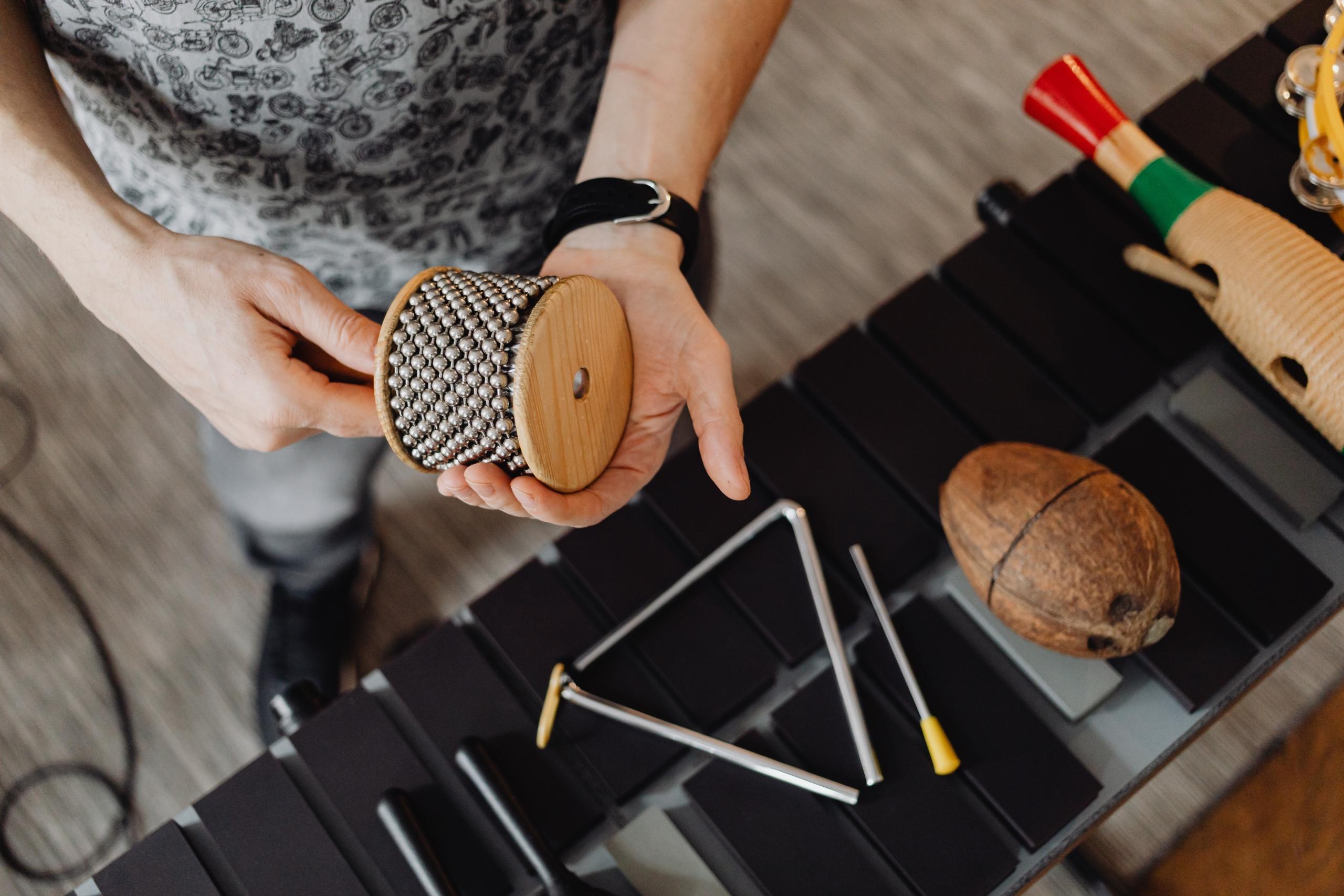
Viewing The Triangle as a Percussion Instrument
You might be thinking that the triangle should not be considered a percussion instrument because no skill is required in order to play the triangle.
Well, your thinking is quite wrong!
If we trace the history of this percussion instrument, you will understand that the instrument has been played for thousands of years.
The way that the triangle looks is that it is made up of a certain metal rod shaped like a triangle but it has one open corner.
The sound produced by this percussion instrument is quite distinct.
Are you fascinated by this instrument? If you are most attracted to the triangle, read our article on playing the triangle!
Steps to Becoming a Percussionist
You may be reading this article, particularly because you want to become a percussionist. If this is so, congratulations on taking the needed first step to playing the musical instrument you would like to.
In fact, the first step before pursuing any course of study or training is to do further research. So, let's learn how you can go about making your way to becoming a percussionist.
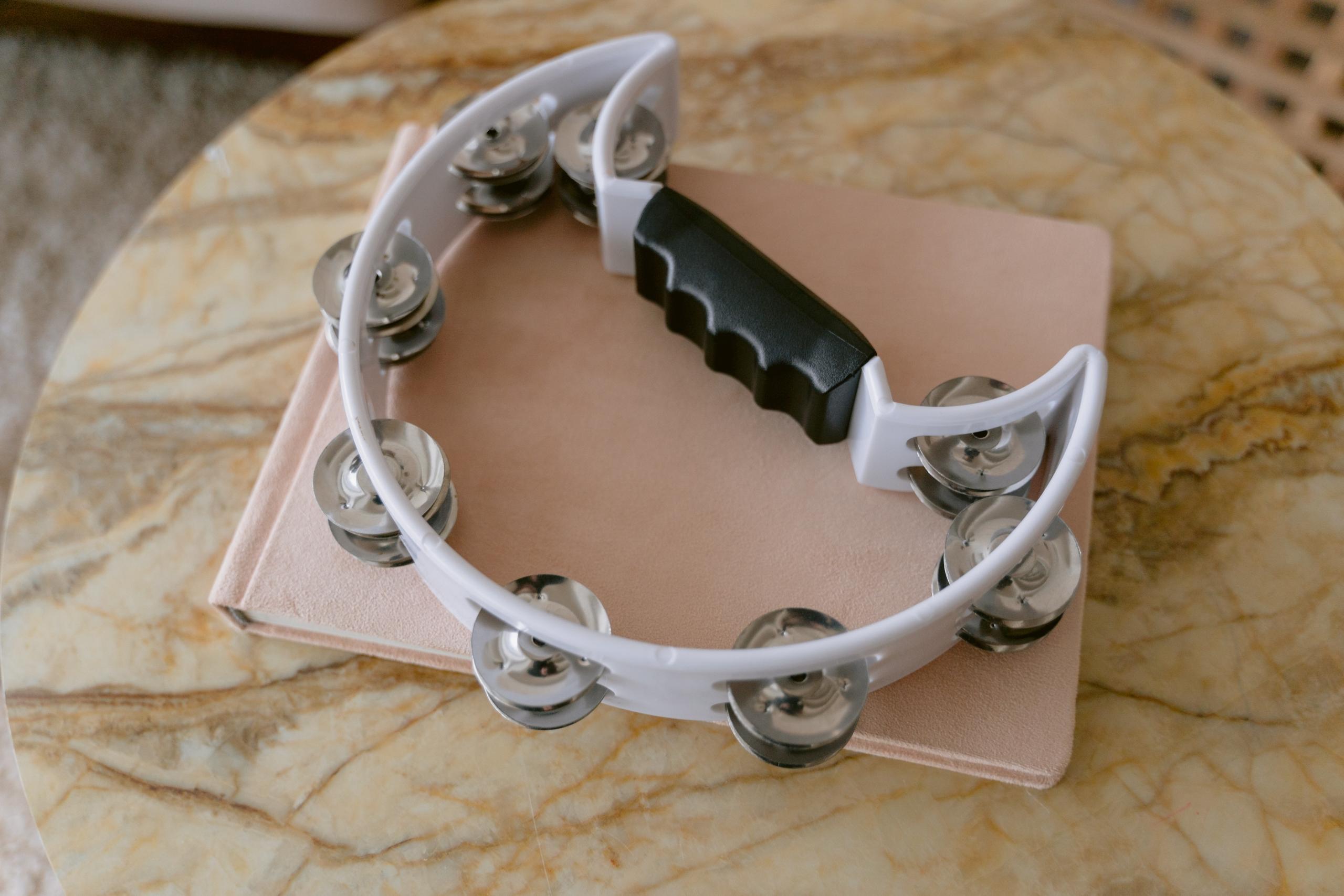
In order to become a percussionist, you need to:
- Have an understanding of musical instruments, musical theory and rhythm: For most instruments, you would need to have some rhythm in order to play. However, knowing what the musical instrument is like and having some knowledge of musical theory is essential as this would allow you to decide which percussion instrument is best for you to play.
- Adapt the instrument to your skills and music style: Every percussionist has his or her own musical style. Find an instrument that you are most comfortable with. Once you have found this instrument, see how you can adapt your musical skills and style to the instrument. Find your own musical niche.
- Take on some private classes: Since everyone is unique and everyone's musical style is unique, the best investment that you can make for yourself is to invest in improving your musical ability and playing a percussion instrument according to your musical style. Having a private musical instructor working with you to improve your musical talent is great as you will more quickly be able to become the percussionist that you would like to be.
- Once you are confident, buy the right musical instruments: There are many percussion instruments that you can play, however, you need to find the right instrument for you. When you get accustomed to one particular percussion instrument, you can invest in this instrument so that you can always practise.
- Practise: Remember that you will only get better as a percussionist if you practise and practise some more. Practice does indeed make perfect!
If you were looking to learn more about the percussion instrument called the steel hang and you were disappointed that it was not mentioned here, read this article to get further information on this interesting instrument.
Want to give private lessons?
Join the Superprof community and share your knowledge with inquiring and motivated students.








